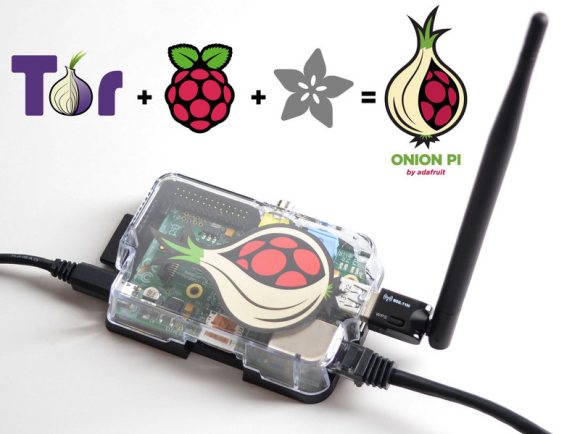
[Gabe’s] been wanting to do some embedded development for years, and his other hobby of playing paintball recently provided him with a test project. He’s been working on a custom driver board for his paintball gun. Don’t be confused by the name, GCode is a mash-up of his name and the fact that he wrote the code for the project. It has nothing to do with the G Code CNC language.
At first this might seem like a trivial hack, but this Viking paintball gun has some serious velocity and throughput so he needs a reliable control that won’t just start shooting randomly. Another thing that [Gabe] took into consideration was monitoring the loading process to make sure the paintball is full seated before firing. All of this is handled by that tiny little Femtoduino board. it interfaces with the guns hardware using the connector board mounted above it.
There are several videos sprinkled throughout the build log. But we found the officially sanctioned 12.5 balls per second mode and the ridiculously fast auto-fire clips the most interesting. It should come in handy when on the run from paintball shotgun wielding opponents.




















